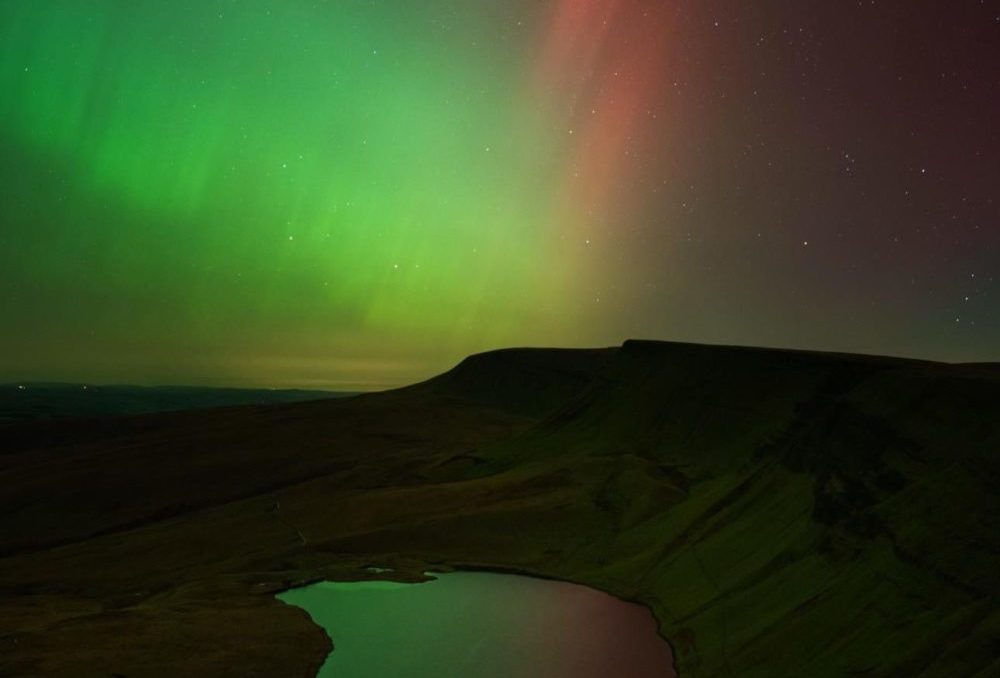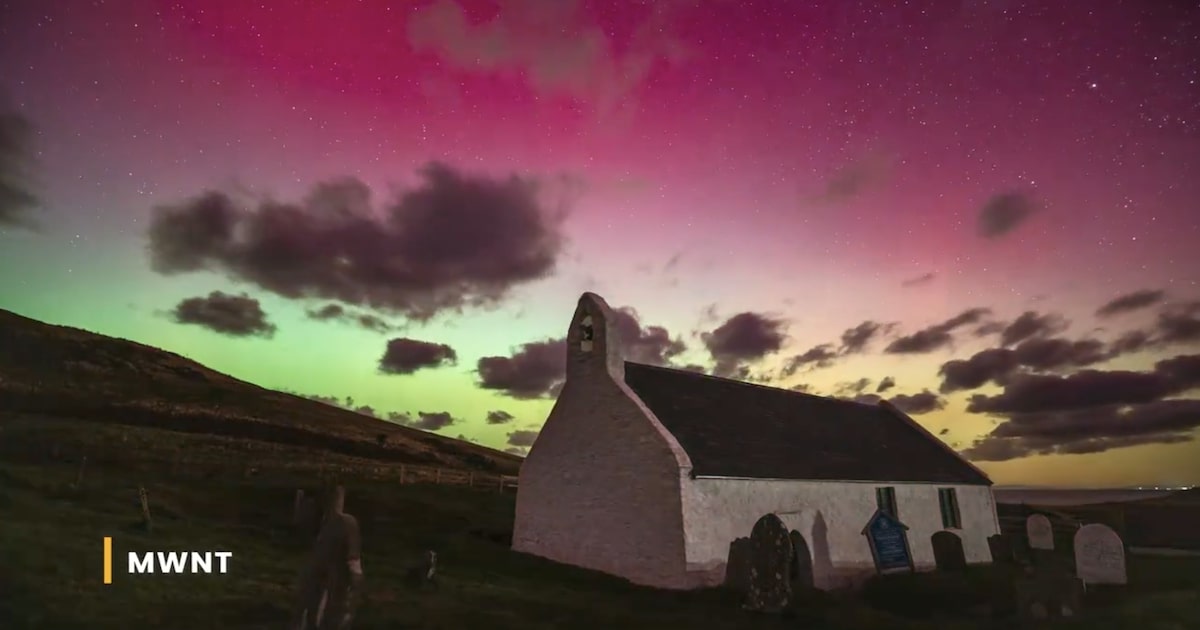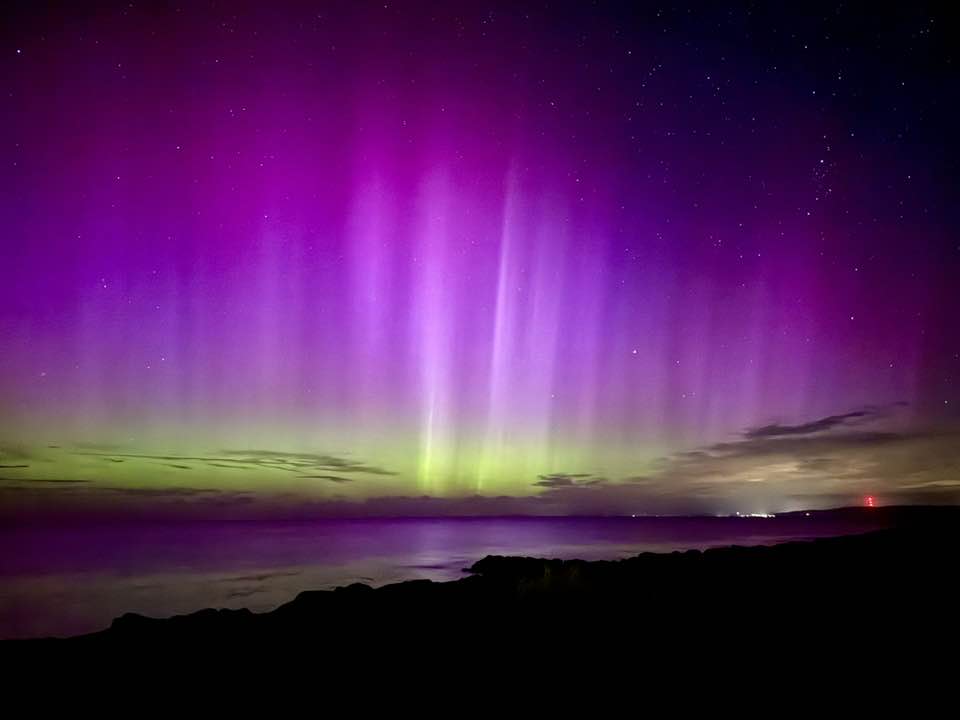Northern Lights may be visible on New Year’s Eve, says Met Office

People across the nation may have a chance of seeing the Northern Lights on New Year’s Eve, the Met Office said.
Stargazers could be treated to sightings of the natural phenomenon, also known as aurora borealis, as they celebrate the new year.
A spokesman said areas of Scotland should have the “best chances” at seeing the Northern Lights.
Unsettled conditions
Met Office spokesman Grahame Madge told the PA news agency: “Although the solar conditions are set fair to see the northern lights, unfortunately the meteorological conditions are not that helpful.
“Scotland should provide the best chances but with unsettled conditions dominating it will be hard to get a guaranteed view.
“Perhaps the best areas may be those along the eastern coast of Scotland.”

The forecaster said cloud coverage could “hamper any sightings” but added there could be spells of clear skies from about 6pm to 9pm on Tuesday.
Some areas may only see the lights temporarily after the weather service issued an amber warning for rain in the Highlands and Moray until 5pm and a yellow warning for rain and snow for parts of northern and western Scotland.
Southerly spread
The auroras, which are most commonly seen over high polar latitudes but can spread south, are chiefly influenced by geomagnetic storms which originate from activity on the Sun.
The sun works on a cycle of about 11 years called the solar cycle – with peak sunspot activity on the surface of the Sun referred to as solar maximum.

Sunspots give the potential for Earth-directed releases of large bursts of energy, called coronal mass ejections, which can lead to aurora visibility.
Aurora displays occur when charged particles collide with gases in the Earth’s atmosphere around the magnetic poles.
As they collide, light is emitted at various wavelengths, creating colourful displays in the sky.
Support our Nation today
For the price of a cup of coffee a month you can help us create an independent, not-for-profit, national news service for the people of Wales, by the people of Wales.




